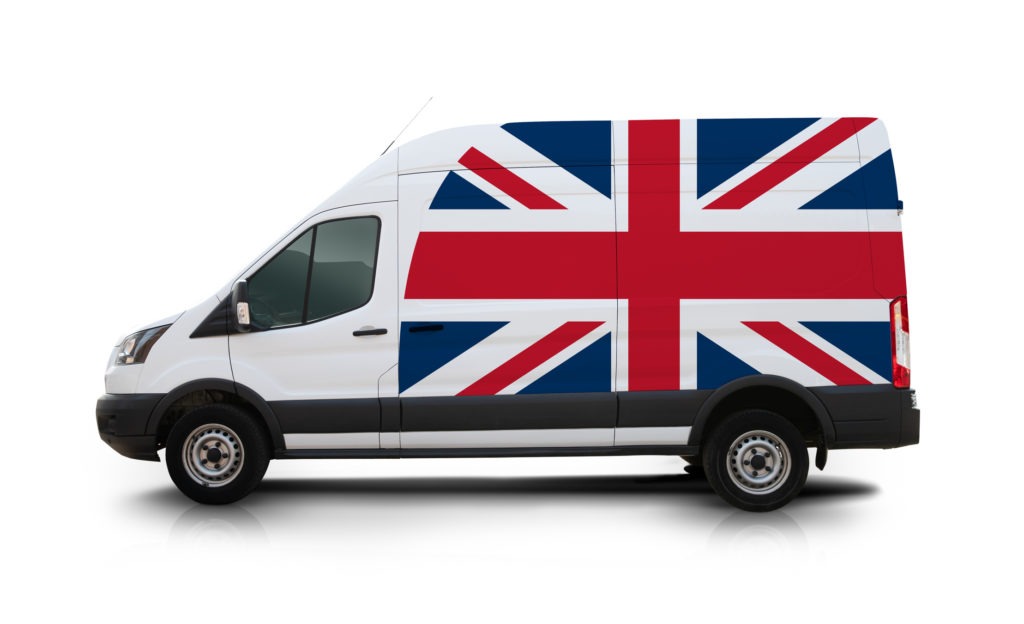Weakest October since records began for EU new-car market
18 November 2021

With the registration of 665,001 units in October, the EU’s new-car market declined by 35.7% compared with the same month in 2019. The European Automobile Manufacturers’ Association (ACEA) explains, ‘this was the weakest result in volume terms for the month of October since records began.’
Pandemic lockdowns dominated 2020, making year-on-year comparisons with 2021 too volatile. So, this article compares current registration figures against 2019, which results in a more accurate picture of how new-car markets are performing.
Turbulent times
The EU’s new-car market continues to experience severe turbulence as registrations dip and climb towards the end of the year. ACEA recorded a 20.7% decline in September, following a painful 34.4% drop in August and a 27.6% stumble in July. But with the publication of October’s figures, any hopes raised by September’s upturn have been dashed as the market tumbles once again.
Over the first 10 months of 2021, the EU saw the registration of 8,191,709 units. This is a fall of 25.1% compared to the same period in 2019 when 10,943,035 new cars hit the road. While recent declines have led to increasingly negative outlooks, the more substantial gains made earlier in the year have helped balance the EU’s cumulative volumes.
Certain countries also contributed to maintaining this balance inside of the EU. In October, Germany, France and Italy were the only three countries to record more than 100,000 registrations. However, compared with figures from the same period in 2019, this equates to drops of 37.2%, 37.3% and 35.8%, respectively. Spain saw a similar decline of 37.2%, with 59,044 new cars registered. Outside of the EU, the UK recorded 106,265 units moved, resulting in a comparative decline of 25.8%.
Ireland saw a promising increase of 23% against October 2019, with 2,179 registrations. Incentives for plug-in hybrid electric vehicles (PHEVs) will be ending there from the beginning of next year, although €100 million has been pledged to support its electromobility incentives for 2022. Romania’s 9.8% decline was also notably more marginal than elsewhere in the EU, with 9,608 units recorded. Meanwhile, Lithuania reported the steepest drop last month, down 62% on October 2019, with 1,548 units registered.
Ongoing issues
COVID-19 infection rates are continuing to surge across the EU, with countries like Ireland, Slovakia and the Czech Republic facing the re-introduction of restrictions. The pandemic’s hold over the trading bloc is evident when consulting the European Centre for Disease Prevention and Control’s suggested travel measure map.
Consumer confidence keeps taking knocks as case numbers climb. The threat of returning restrictions, higher-energy costs, increasing interest rates and the fast-approaching festive season may lead people to tighten the purse strings. This would mean lighter showroom footfall and fewer online checkouts, resulting in fewer registrations.
As another knock-on effect of the pandemic, the semiconductor supply shortage is also hampering the new-car market. With the ‘just-in-time’ manufacturing network running dry, production is getting put on pause, and delivery times are skyrocketing. Accordingly, ACEA’s director-general Eric-Mark Huitema recently sent up a distress flare.
He stressed the need to increase the EU’s own semiconductor manufacturing capabilities, curbing its dependence on international supply lines. Given the digitalisation and electrification of the industry, this component is more important than ever. ‘Think, for example, of electrified powertrains, systems to reduce emissions, active safety features, driver-assistance systems, automated and autonomous-driving functions, connectivity services and even something like digital radio,’ Huitema said.



